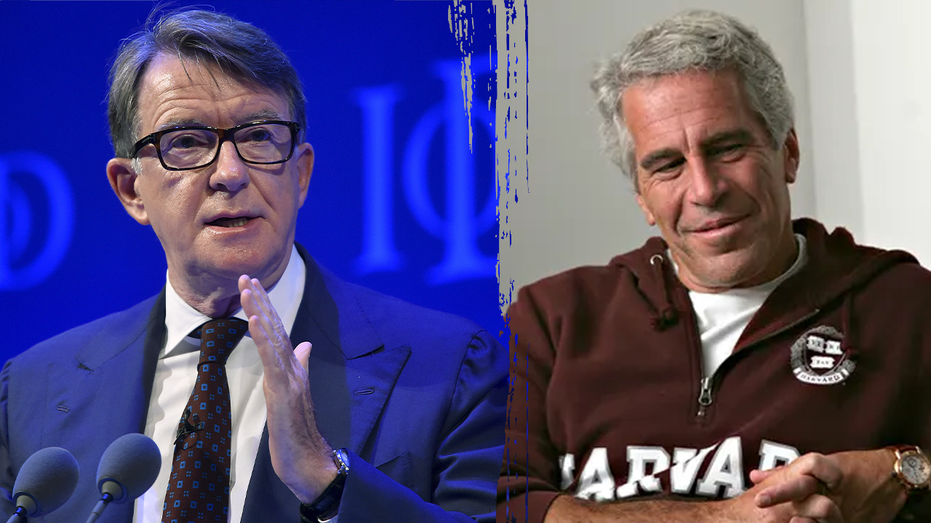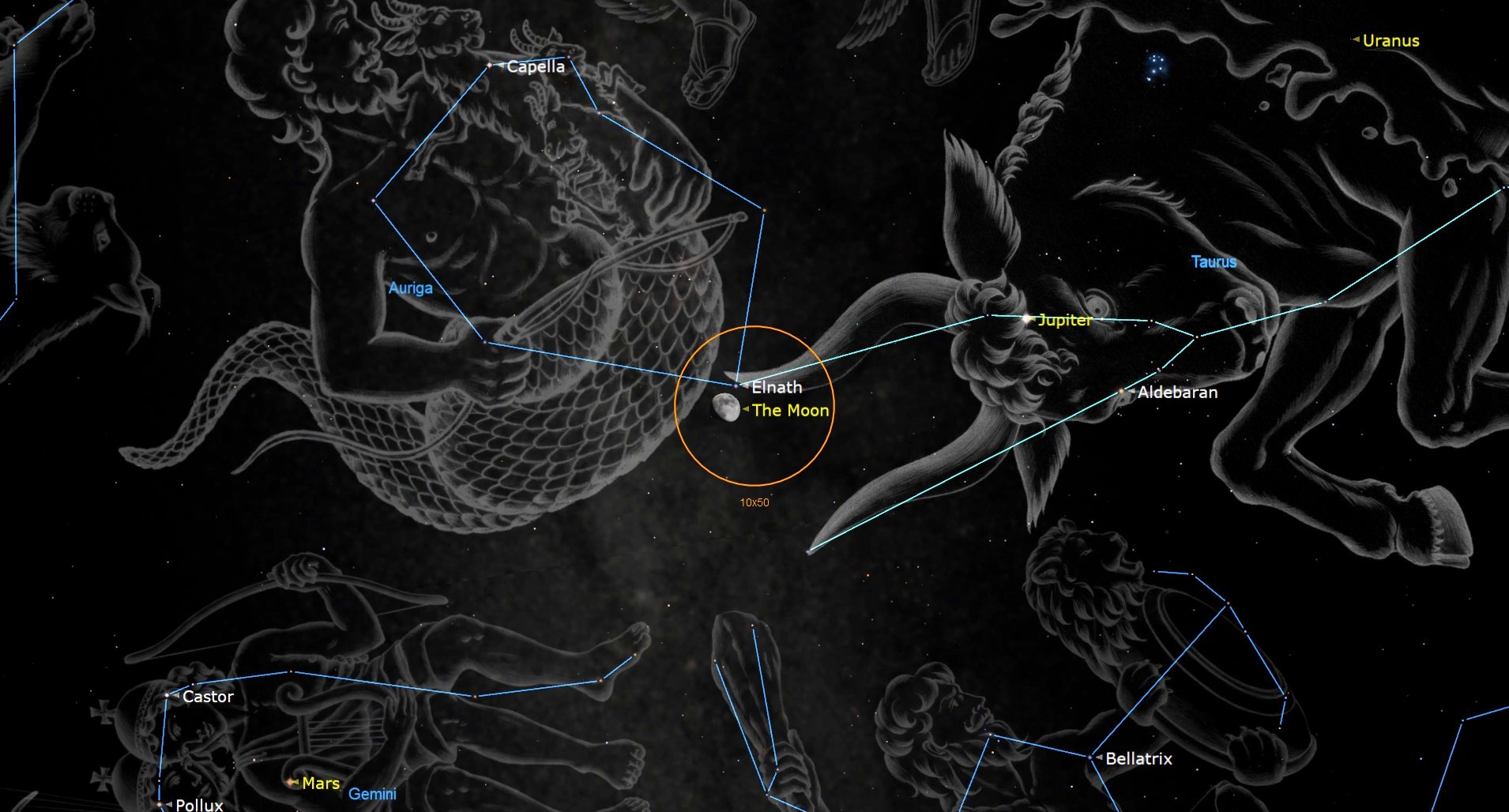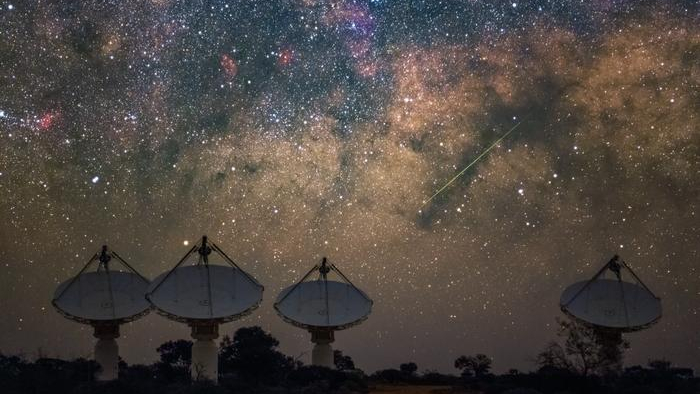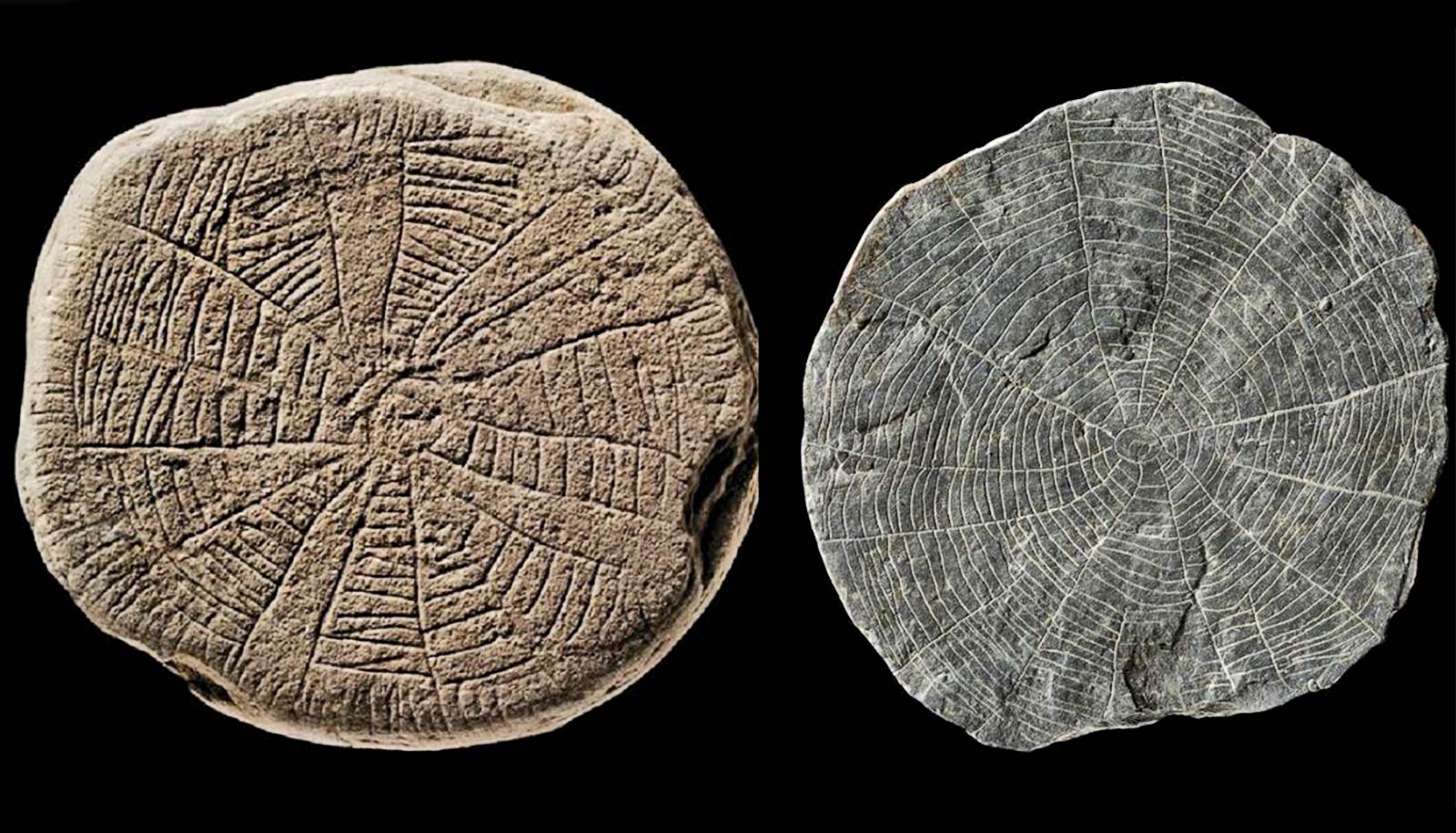There’s a Way to Make Ringworlds and Dyson Spheres Stable
The idea of Dyson Sphere’s has been around for decades. When Freeman Dyson explored the concept he acknowledged that they may not be a physical sphere but could be a swarm of satellites in a spherical configuration around a star. The challenge with a solid sphere is that its orbit will not be stable leading … Continue reading "There’s a Way to Make Ringworlds and Dyson Spheres Stable" The post There’s a Way to Make Ringworlds and Dyson Spheres Stable appeared first on Universe Today.

The idea of Dyson Sphere’s has been around for decades. When Freeman Dyson explored the concept he acknowledged that they may not be a physical sphere but could be a swarm of satellites in a spherical configuration around a star. The challenge with a solid sphere is that its orbit will not be stable leading to its destruction. A new paper casts a new view on that though and proposes a way that a rigid sphere could be stable after all. The idea suggests that a binary star system, where the mass ratio between the two objects is small, the sphere may be stable.
The Dyson Sphere is a theoretical megastructure that was first proposed by physicist Freeman Dyson in 1960 as a method to harness the energy output of a star. The concept may take the form of a massive shell or a swarm, or network of solar-collecting satellites circling a star to capture and utilise its energy, potentially providing virtually limitless power. Dyson acknowledged that the construction of a solid sphere around a star is impractical due to immense material and stability challenges, a more feasible design involves a Dyson swarm—a collection of orbiting solar power stations.

The idea of a solid sphere has taken a back seat over recent years and indeed studies have focussed on searches for satellite swarms. The acceptance that such a solid structure is not stable has been supported by other studies. In 1856, James Clark Maxwell showed that Saturn’s rings too, could not possibly be a solid uniform structure. The interaction of gravity between the ring and the planet would result in instability. The same was thought to be true for a Dyson Sphere. That was until Colin R McInnes published his findings in the monthly notices of the Royal Astronomical Society.

McInnes argues that a solution lies within the circular restricted three-body problem. This is a classical problem from celestial mechanics. At its core, it describes the motion of a small body (such as an asteroid) under the gravitational influence of two larger objects (like the Sun and Jupiter) which are in circular orbits around their common centre of mass. The presence of the smaller object, which has negligible mass has no significant impact on the motion of the two larger bodies.
In such a system, there would be five equilibrium points known as Lagrange points. Two of these will be unstable but two of them (L4 and L5) will be stable but only if the mass ratio is small as in Jupiter and the Sun for example. Here, an object will remain in a stable orbit. There are extensions and more complicated models to consider where for example radiation pressure has an impact on the stability of a system.
McInnes finds that there are configurations that could be stable for a sphere or ring after all but only under specific conditions. The first occurs if the two primary masses in the system are in orbit around their common centre of mass and a large uniform ring encloses the smaller mass. Of perhaps more interest is that McInnes suggests even a sphere could be stable if it encloses the smaller of the two masses.
The results of the study reveal an enticing glimpse into a universe where Dyson sphere’s may not be just restrained to science fiction. That there may be stellar systems scattered across the cosmos where advanced civilisations have harnessed the energy from one of their local stars.
Source : Ringworlds and Dyson spheres can be stable
The post There’s a Way to Make Ringworlds and Dyson Spheres Stable appeared first on Universe Today.












































































